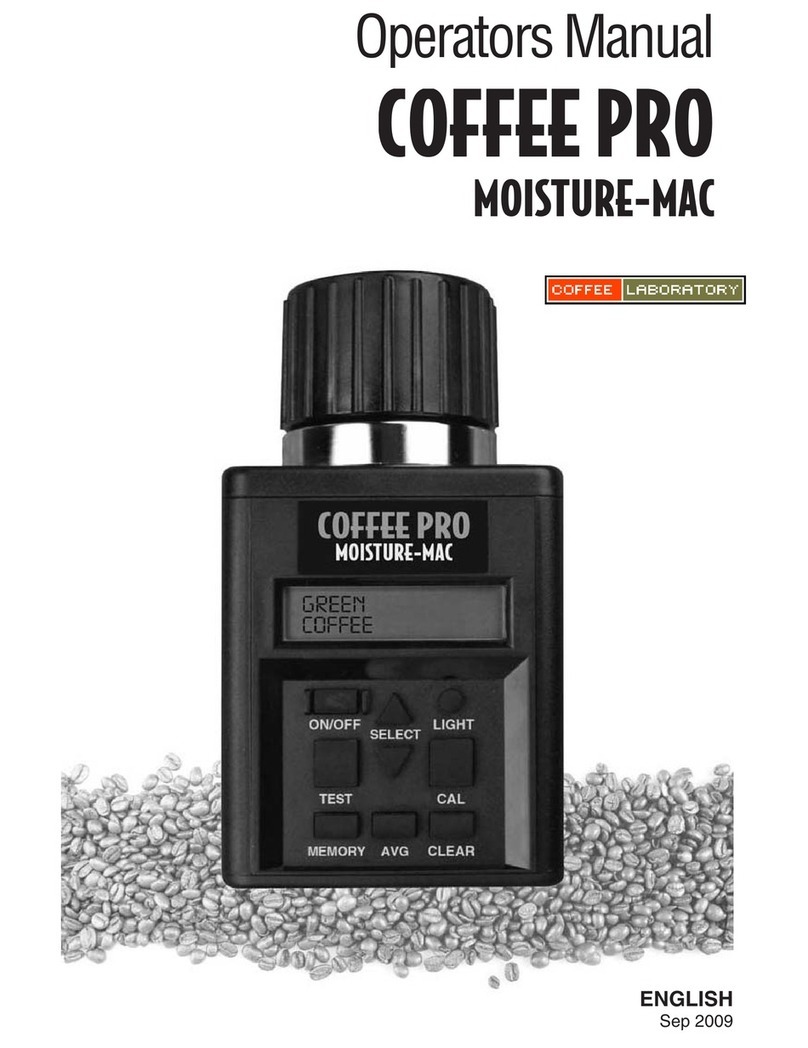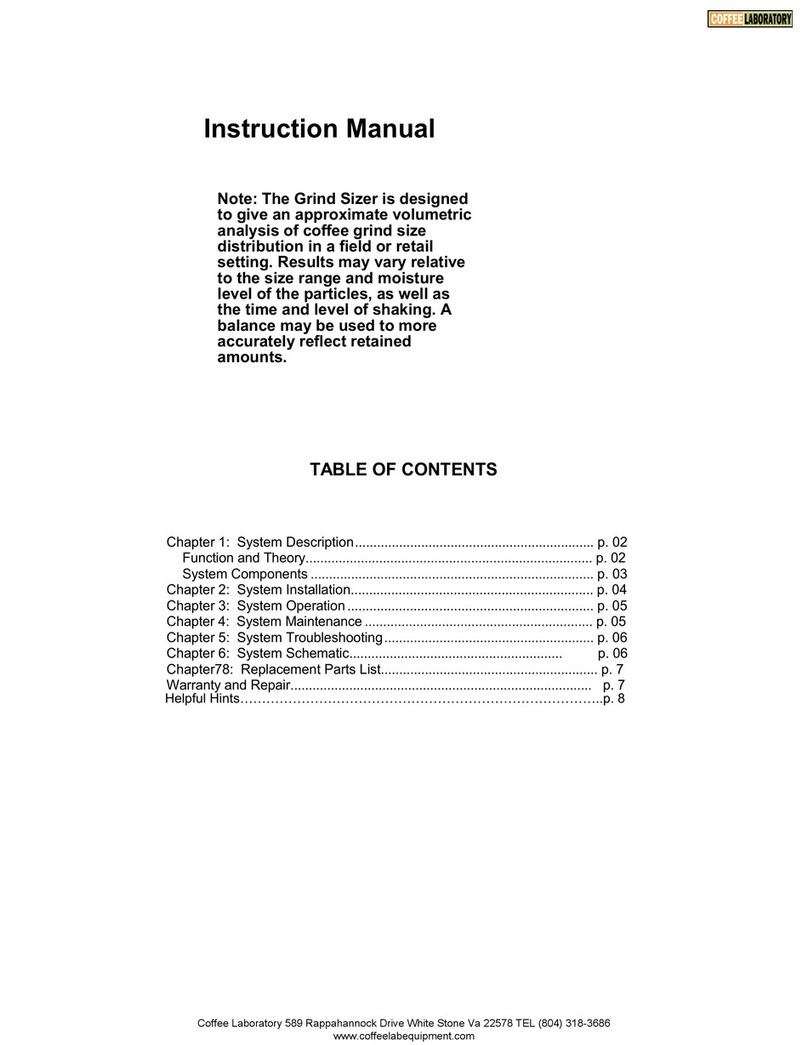
Take note that the “electronic zero” of the sensor and electronics is very stable, with typical
variance of less than 0.1% O2 over a period of 6 months. If you perform the above test and
your reading is high, 0.2 to 0.5, the fault is probably due to an inadequately flushed bag and
not the zero adjustment. However, leaks in the system can also cause high readings as
described below.
COMPLETE SYSTEMS TESTING
To insure that the complete unit is working properly requires periodic testing of the unit under
controlled conditions. Factors which can affect accuracy include calibration, pump function,
electronic functions and leak-tightness of all the parts used for sampling, including the needle,
filter, sample probe, tubing, fitting, internal tubing and valve. A simple, periodic test can
determine proper operation. With the needle and filter installed, simply perform the zero test
described in the previous paragraph and the unit should read zero. With the needle still in the
bag, operate the pump several times. The reading should not change.
If there are leaks in any part of the system, the readings can be innaccurate on the high side
because of air leaking in. If a leak is suspected, perform this simple test: fill a bag with
nitrogen and check the zero reading as before with 2-3 pump cycles. Keep the needle in the
bag. Next, compress the bag by hand (with the pump off), which will force more sample
through the tubing into the sensor. This should yield the same reading as sampling with the
pump, if there are no leaks. With this positive pressure, air cannot leak into the system with
any leaks which may be present. If the reading goes lower, it indicates a leak somewhere
which should be corrected.
PUMP TIME
The pump run time can be increased or decreased as needed by adjusting the PUMP TIME
potentiomenter on the side of the unit. Be careful not to set the time too high with samples
that have limited headspace volume. If the bag appears to be totally evacuated after sampling,
re-set the pump time to a smaller value.
NEEDLE/FILTER REPLACEMENT
The needle and filter should be replaced if they get plugged up and impede the flow. Both
have standard luer fittings, as does the probe tip, and are simply pressed on with a twist to
provide a leak-free fit. A simple test can determine if either is plugged. This test can be done
with one or both attached to the probe tip. When sampling room air, the O2 reading will drop
from 20.9 to about 19, and then rise back to 20.9. This is normal due to the slight vacuum
created in the sensor when the pump runs. As the filter collects dirt over a period of time, this
reading will go progressively lower because the pump is not able to pull sample through the
filter at the same flow rate, and creates even more of a vacuum. If the filter or needle is totally
plugged, this reading will go as low as 13 or 14, and may stay there because of the check
valve in the flow line (internal) which prevents backflow of air into the sensor when the pump
shuts off. As a rule, replacement is necessary when this reading is below 17 or 16. The filter
Coffee Laboratory 589 Rappahannock Drive White Stone Va 22578 TEL (804) 435-5522
www.coffeelabequipment.com


























